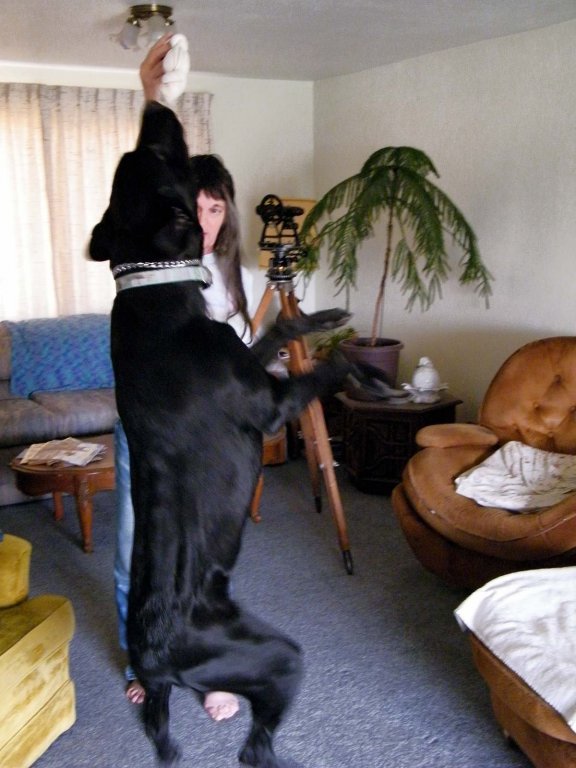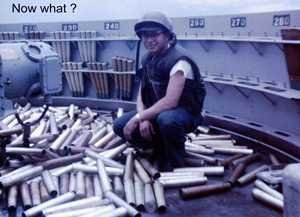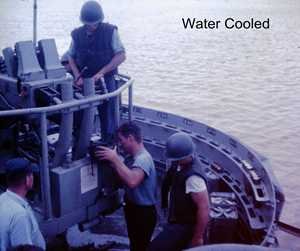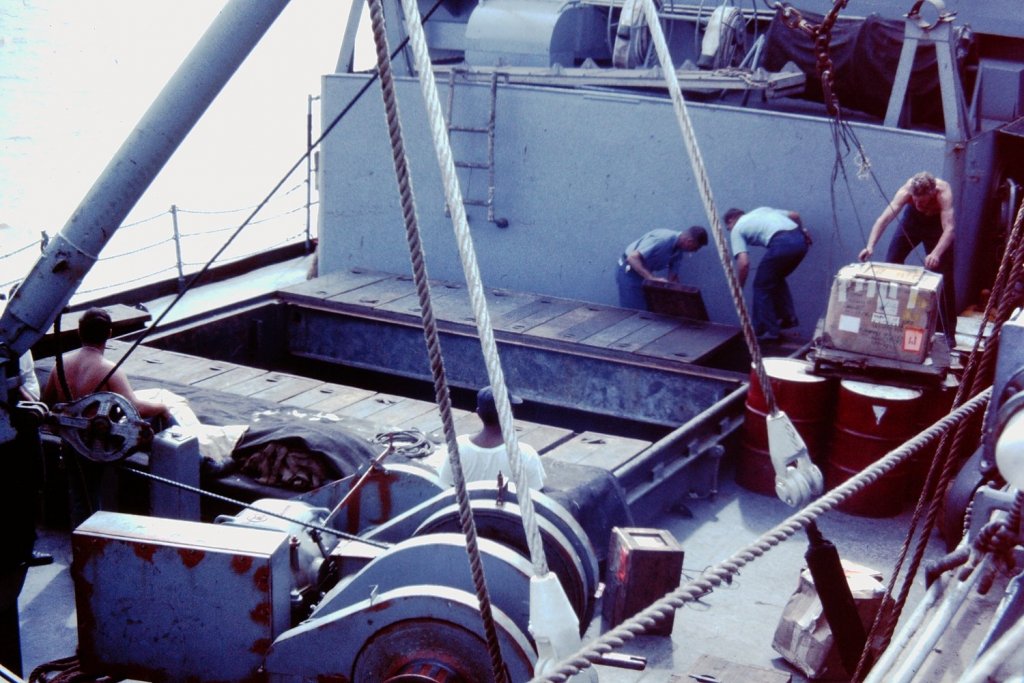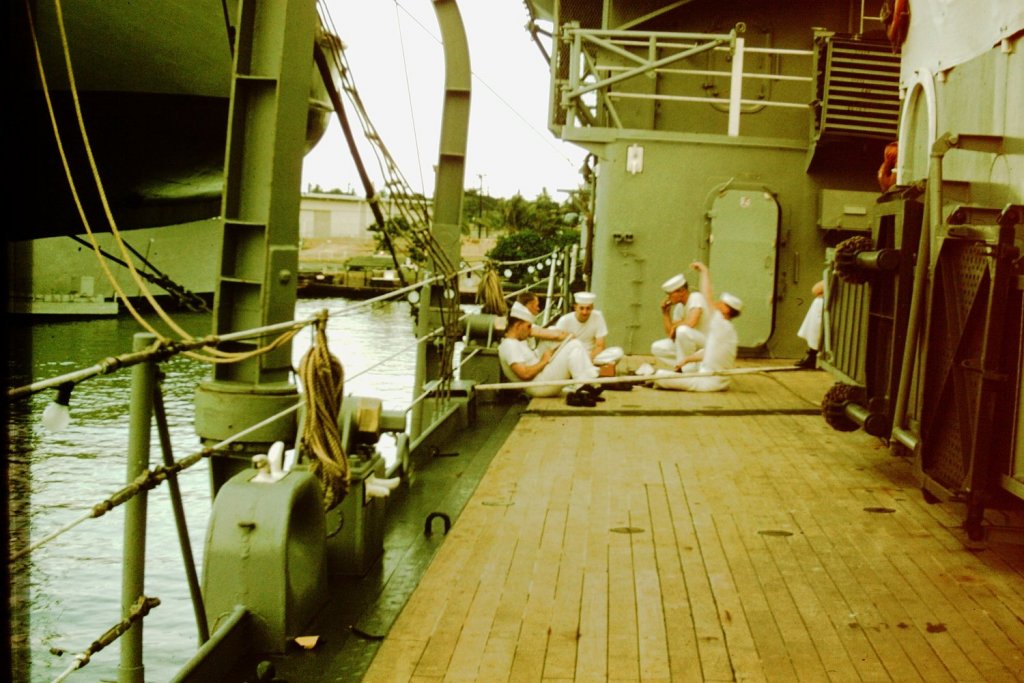-
Posts
1,171 -
Joined
-
Last visited
Content Type
Profiles
Forums
Gallery
Events
Everything posted by jud
-
Don't Tie Yore Reins To Th' Outhouse
Don't tie yore reins to th' outhouse, most 'specially on a windy day,
Some booger might come an spook yore horse, an' he'll drag it away.An' there you'll be trapped inside, holdin' on fer a jerky ride,
Yellin' WHOA while tryin' t' git yore drawers up, an' loudly cussin' his ornery hide.Now he thinks th' outhouse is chasin' him, an' you ain't helpin' none verbalizin' loud,
So he's just backin' up keepin' 'em tight, if he 'uz a ropin' horse you'd be proud.Finally it's dragged up agin' a tree, yore concentration shack ain't movin' no more,
An' you sittin' there cussin' yore bad luck, 'cause it's layin' right on th' door!You look around an' then you see, th' truth slaps ya up side th' face,
Th' light's comin' in thru' th' seat, th' only way out'a this place.A most awful disagreeable thought, can you shimmy out right thru' there,
Hope nobody's quietly watchin', this is not a story you'll share.Or maybe you'll just kick off some boards, make another door on this contemplation shack,
Just in case some other feller's in a hurry, ups an' ties his boogery horse on th' back.So you commence to doin' some kickin', gonna git out'a there you bet,
Finally yore out Sears catalog in hand, 'cause you ain't done yore bizness yet.Andy G. Carr Copyright
10/07/16
Saw this paintin' by Bud Breen this mornin' and my mischevious, fertile mind was inspired to write this poem.
Sharin' an' copyin' on Facebook is apreciated.Don't Tie Yore Reins To Th' Outhouse
Don't tie yore reins to th' outhouse, most 'specially on a windy day,
Some booger might come an spook yore horse, an' he'll drag it away.An' there you'll be trapped inside, holdin' on fer a jerky ride,
Yellin' WHOA while tryin' t' git yore drawers up, an' loudly cussin' his ornery hide.Now he thinks th' outhouse is chasin' him, an' you ain't helpin' none verbalizin' loud,
So he's just backin' up keepin' 'em tight, if he 'uz a ropin' horse you'd be proud.Finally it's dragged up agin' a tree, yore concentration shack ain't movin' no more,
An' you sittin' there cussin' yore bad luck, 'cause it's layin' right on th' door!You look around an' then you see, th' truth slaps ya up side th' face,
Th' light's comin' in thru' th' seat, th' only way out'a this place.A most awful disagreeable thought, can you shimmy out right thru' there,
Hope nobody's quietly watchin', this is not a story you'll share.Or maybe you'll just kick off some boards, make another door on this contemplation shack,
Just in case some other feller's in a hurry, ups an' ties his boogery horse on th' back.So you commence to doin' some kickin', gonna git out'a there you bet,
Finally yore out Sears catalog in hand, 'cause you ain't done yore bizness yet.Andy G. Carr Copyright
10/07/16
Saw this paintin' by Bud Breen this mornin' and my mischevious, fertile mind was inspired to write this poem.
Sharin' an' copyin' on Facebook is apreciated.




